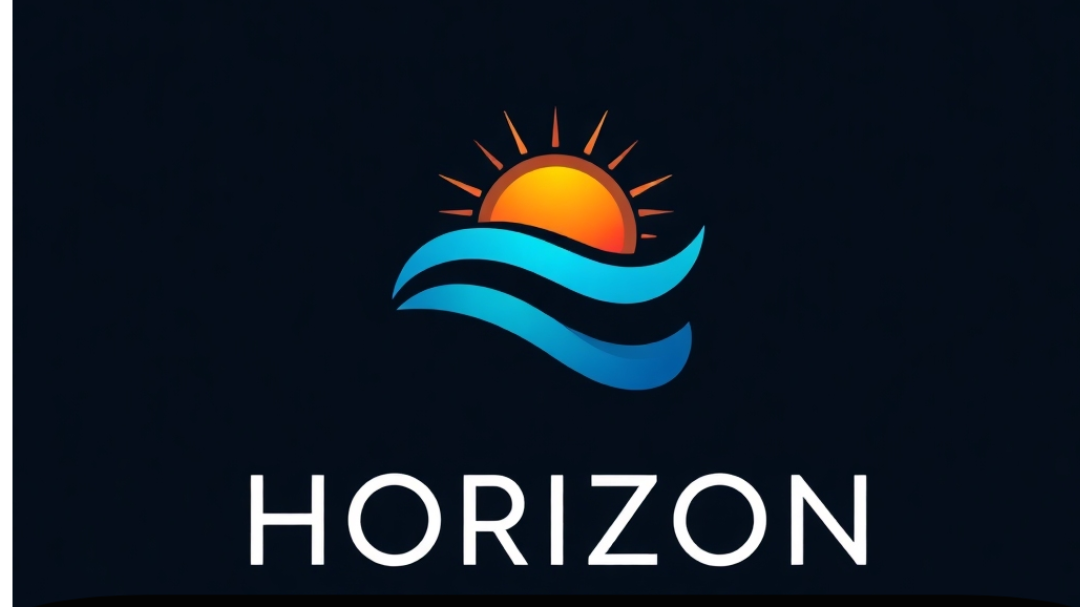
Firefighting Efforts Amid Unprecedented Chaos: An Overview
The January 2025 wildfires in Los Angeles represent one of the most catastrophic environmental crises faced by the region. With more than 2,300 firefighters engaged, including personnel from CAL FIRE, LA County Fire, and LAPD, the situation is dire. As of January 10, over 180,000 individuals were displaced from their homes due to the relentless spread of fires, particularly the Palisades Fire and Eaton Fire, the latter of which had consumed structures and land with devastating speed.
Fighting Fire with Fire: The Role of Advanced Technology
The efforts to combat these blazes are not just reliant on manpower; they increasingly depend on technological innovations. Advanced systems for tracking fire spread and predicting flames’ behavior have become vital tools for orchestrating effective responses. These technologies enable emergency personnel to make informed decisions swiftly, crucially impacting evacuation protocols and resource allocation.
Budget Cuts: Firefighters Face an Uphill Battle
Despite these technologies, firefighting efforts are significantly hampered by budget constraints. Reports indicate that the Los Angeles Fire Department (LAFD) faced a $17.6 million budget cut just prior to the fires, limiting essential resources and preparedness. Chief Kristin Crowley had previously expressed concerns about the operational readiness of the department, which has intensified the challenges during the current fires. The emotional toll on firefighters, many who are aware of these limitations, compounds the stress of an already grueling task.
Windy Conditions: An Unprecedented Challenge
The severity of these fires is exacerbated by extreme weather conditions, notably chaotic winds that have been described as hurricane-force. According to Capt. Erik Scott, these winds create not only explosive fire behavior but also complicate the firefighters' efforts to contain the flames effectively. High winds propel embers to new locations, sparking additional fires and elongating battle lines across the region.
Community Impact: A Ripple Effect
The community is feeling the impact of the fires in various ways. With over 180,000 individuals under evacuation notices, residents are losing homes and businesses, leading to a societal strain. Air quality is a growing concern with hazardous smoke compromising health. It’s imperative for communities to stay informed about safety measures as recovery plans begin to materialize. Efforts to reinforce community resilience and environmental recovery plans will take center stage in the aftermath of these tragedies.
Federal Response: The Broader Picture
This wildfire season has prompted a unified response from local, state, and federal agencies. The California National Guard’s involvement and additional resources provided by the Defense Department underscore the significance of collaboration in disaster scenarios. The joint effort to manage the crisis positions the firefighting community not merely as responders but as pivotal players in a larger narrative of resilience and recovery.
What Lies Ahead: Preparing for Future Fires
As we draw lessons from the ongoing crisis, advocacy for better funding, resource allocation, and technology access for firefighting departments have never been more critical. With the threat of wildfires not diminishing, public support for firefighting resources must grow alongside community awareness of fire safety protocols. Previous seasonal disasters have shown us that preparation can save lives, and there is a pressing need to apply that knowledge for future wildfire seasons.
 Add Row
Add Row  Add
Add 


Write A Comment